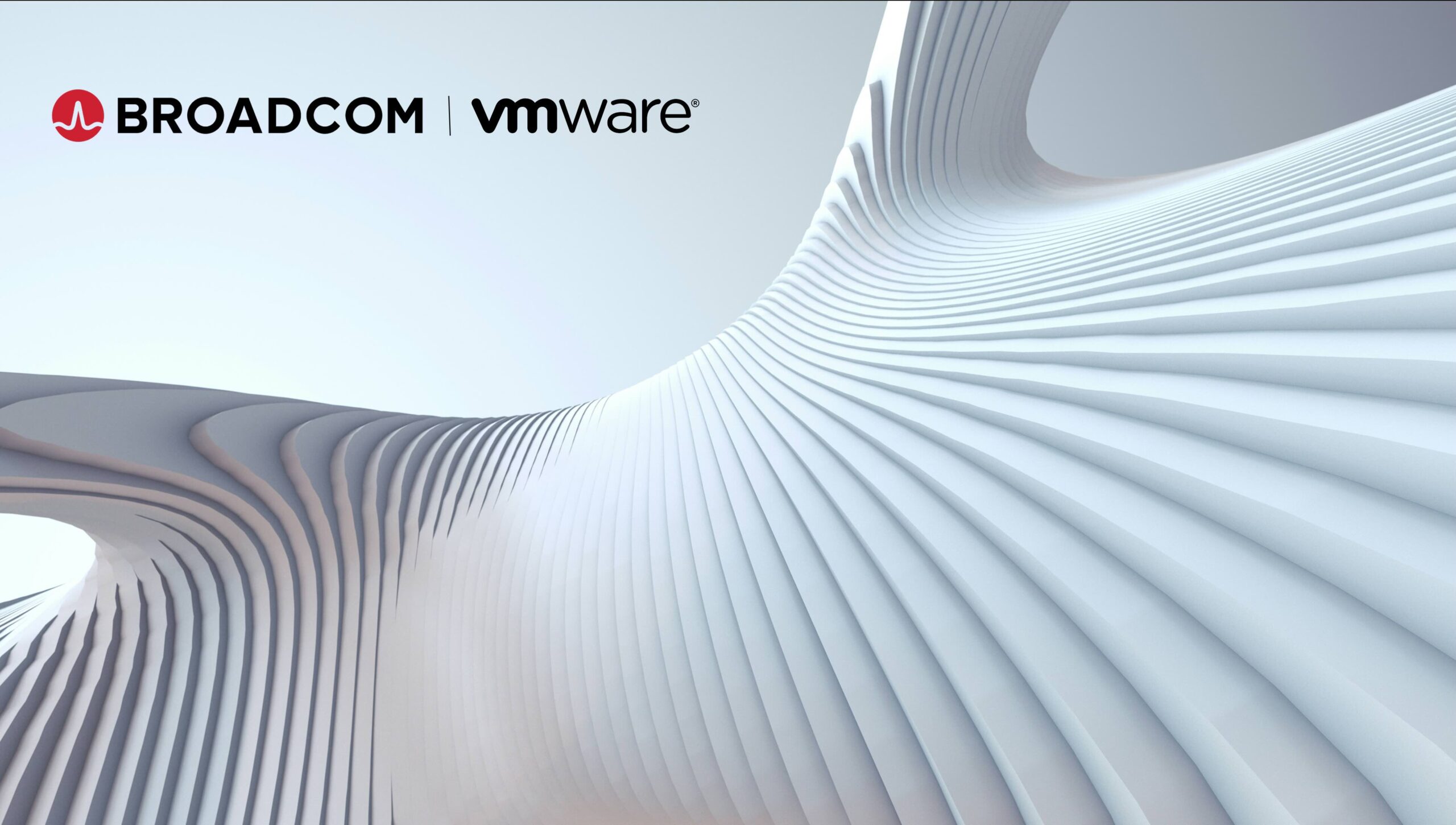Technology has become the backbone of growth, resilience, and even survival. Small businesses no longer compete on price or proximity alone—they compete on their ability to adopt the right tools, secure their data, and plan their digital futures. Chief Information Officers (CIOs) are no longer seen solely as keepers of IT infrastructure; they’ve become strategic partners fundamentally shaping their company’s direction.
Large enterprises can afford a dedicated CIO, but many small and mid-sized businesses (SMBs) are left to navigate complex IT strategies on their own. According to the Center for Digital Government, one in two small businesses is hit by a cyberattack, up from just one in five several years ago. Among those attacked, 50% are forced to shut down due to the high costs of legal fees, insurance claims, and technical recovery—averaging around $500,000.
That gap has given rise to a game-changing model: the Virtual CIO (vCIO).
What is a virtual CIO (vCIO)?
A Virtual CIO, also called a Fractional CIO, is an outsourced executive who delivers the same high-level IT leadership as a full-time CIO but at a fraction of the cost. Offered most often through Managed Service Providers (MSPs), vCIO services give SMBs access to strategic planning, IT governance, and cybersecurity direction without the financial burden of hiring an in-house C-suite leader.
Forbes has described this shift as “democratizing executive expertise,” allowing SMBs to access enterprise-grade strategy that was once the exclusive domain of large corporations.
What does a vCIO actually do?
Unlike a break-fix IT technician, a vCIO focuses on long-term vision and measurable business outcomes. Their core responsibilities typically include:
- Strategic Roadmap Planning: SMB leaders often struggle to connect IT strategy meaningfully to business goals. According to Gartner’s 2025 CIO and Technology Executive Survey, only 48% of digital initiatives meet or exceed their business outcome targets, highlighting widespread challenges in translating IT planning into real results.
- Cybersecurity Leadership: Designing security frameworks, policies, and training to mitigate threats. With the average U.S. data breach now costing $9.48 million, this role is critical for SMB resilience.
- Cloud & Vendor Management: Helping businesses evaluate SaaS platforms, cloud migrations, and vendor contracts to ensure ROI and scalability.
- Budget Forecasting: By repositioning IT as a strategic investment rather than a mere cost center, businesses can unlock significant value. Organizations in the top quartile for technology adoption report up to 35% higher revenue growth and 10% higher profit margins than their peers.
- Executive-Level Communication: Serving as the bridge between technical teams and business leadership, ensuring clarity and alignment across the boardroom.
Why SMBs can’t ignore the vCIO advantage.
Hiring a full-time CIO typically costs $200,000+ annually. For many small businesses, that’s simply unrealistic. The impact of a cyberattack on a small business can also be devastating. Recent statistics show that nearly one in five SMBs could be forced to shut down permanently following a successful cyberattack. Other studies suggest up to 60% of small businesses that suffer a cyberattack close within six months
The vCIO model fills this gap by offering:
- Affordability: Pay only for the strategic leadership you need, without carrying the overhead of a full-time hire.
- Scalability: As your business grows, your vCIO grows with you—adjusting the roadmap and priorities along the way.
- Proactive Leadership: Moving beyond putting out fires, the vCIO anticipates risks, opportunities, and market changes before they affect your bottom line.
Instead of viewing IT as a back-office expense, forward-looking businesses recognize it as a primary driver of growth and innovation. Organizations that invest strategically in technology are better positioned to outpace competitors and thrive in tomorrow’s market.
What’s the MSP advantage?
Most vCIO services are delivered through Managed Service Providers (MSPs)—and that’s a critical strength. MSPs already manage the day-to-day essentials like patching, monitoring, and help desk support, giving them unique visibility into your systems. A vCIO layered onto MSP services ensures your strategy isn’t built in theory but rooted in real-world data from your environment.
MSPs are evolving from reactive service providers into strategic partners, making them the natural choice for delivering fractional CIO expertise.
A smarter path forward.
For too long, SMBs have been forced to choose between flying blind with IT decisions or overspending on executive salaries. The vCIO model changes that equation. It empowers small businesses to access the same caliber of IT strategy that drives Fortune 500 innovation but in a way that’s right-sized, cost-effective, and future-ready.
The question is no longer whether your business can afford a CIO. The real question is whether you can afford to keep moving forward without one.If you’re ready to explore how a vCIO can help your business grow securely, strategically, and sustainably, let’s talk. We have guided SMBs across industries with expert MSP leadership and vCIO services—your roadmap to smarter IT leadership starts today.



